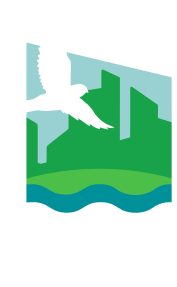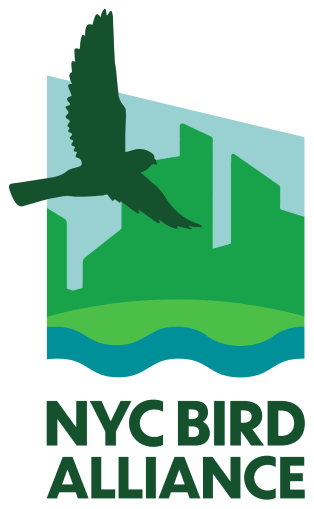Staten Island Greenbelt
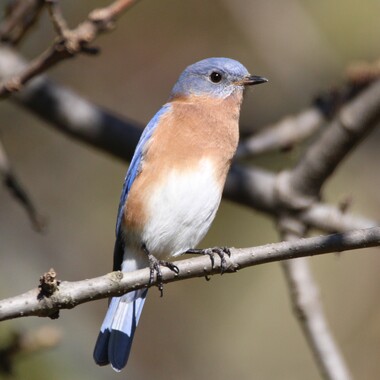
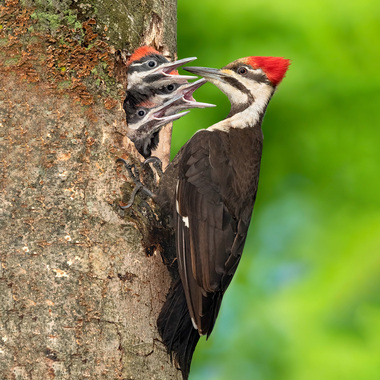
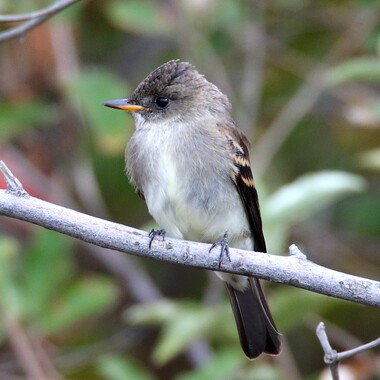
The Greenbelt Nature Center is a good starting off and orientation part for those new to the Greenbelt. It offers nature education programming, including bird walks, year-round and has displays about Greenbelt ecology. The Nature Center has its own short Nature Loop Trail, but is also a useful starting point to explore a number of the location described on this page. From the Nature Center property, you can easily connect to the Blue and White trails shown on the Greenbelt trail map. The White Trail leads from Willowbrook Park to the Nature Center's North, and continues all the way south to Great Kills Park on the south shore. The Blue Trail swings around in a long loop through Latourette Park and High Rock Park, and eventually all the way to Clove Lakes Park.
View a Google map of the Greenbelt Nature Center and visit the NYC Parks page for the GreenBelt Nature Center for operating hours and directions,.
View a detailed map of the Greenbelt Trail System (PDF) to see all the locations on this page. highrockhs
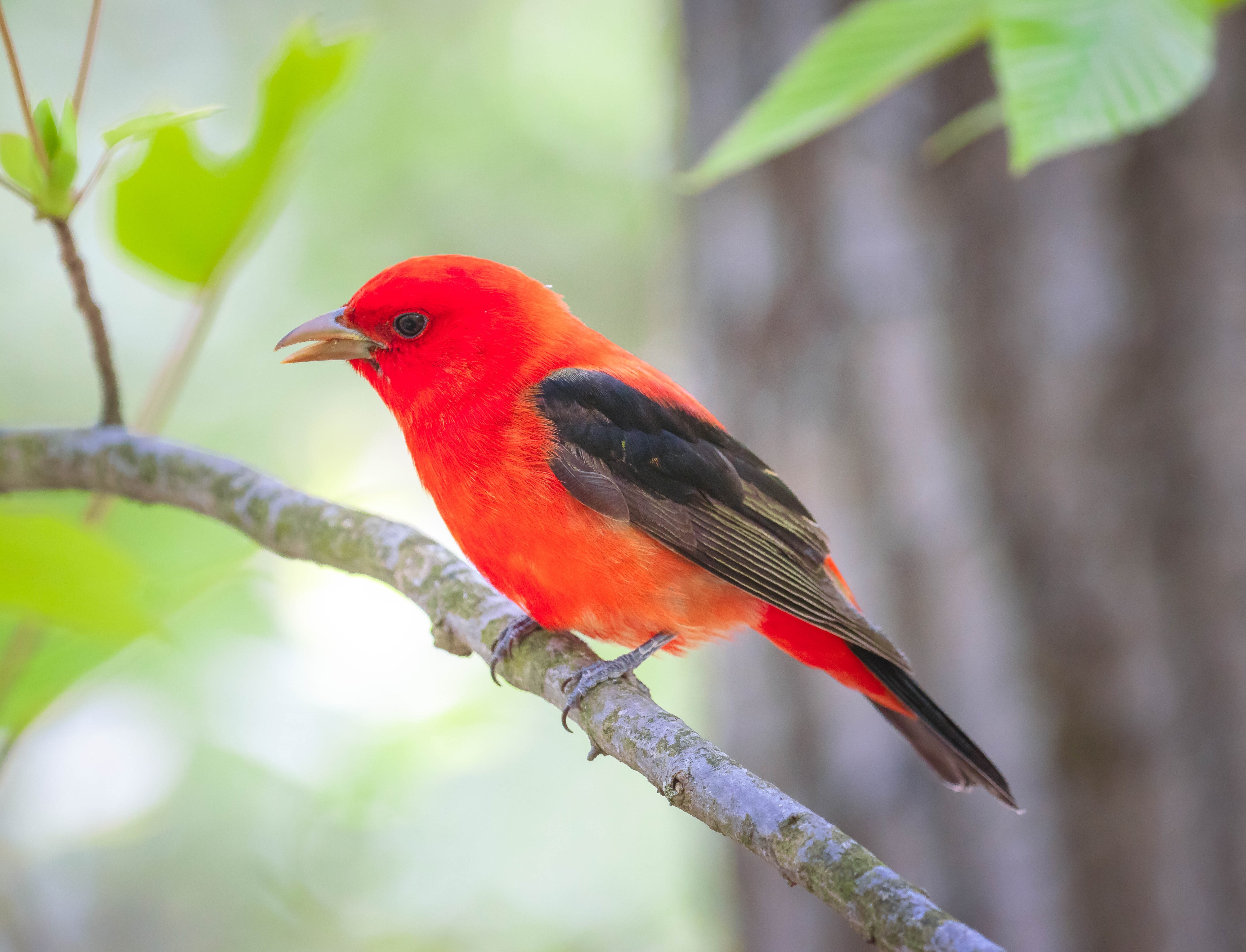
Birding Highlights by the Season
Get Oriented
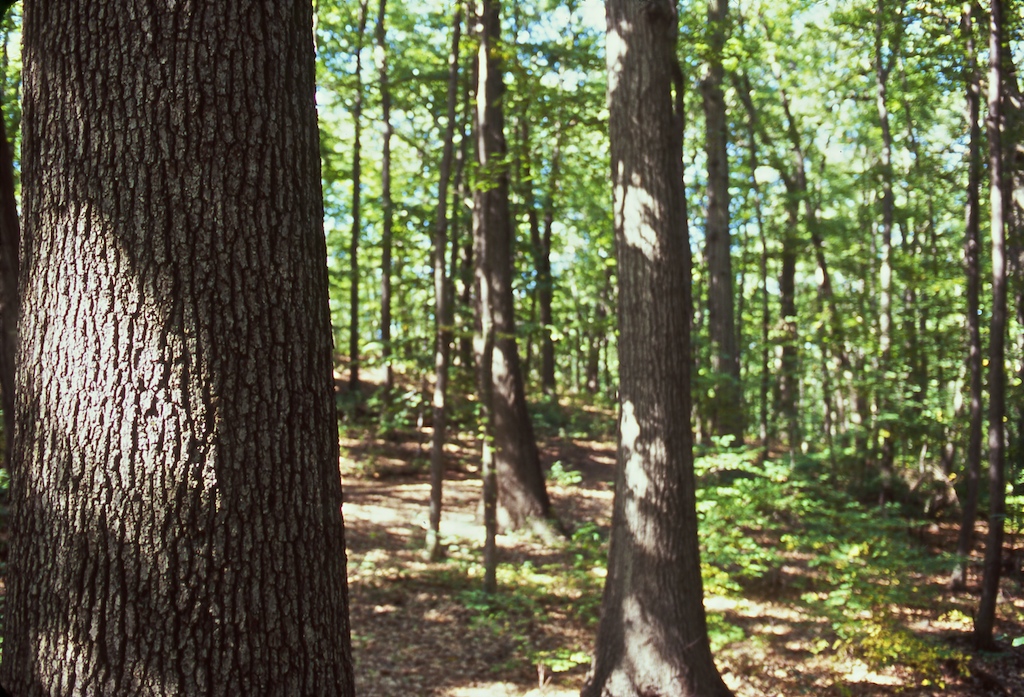 "}" data-trix-content-type="undefined" class="attachment attachment--content">
"}" data-trix-content-type="undefined" class="attachment attachment--content">High Rock Park, owned by NYC Parks, is a fine place to bird in spring, fall and winter. With approximately 190 acres of older second growth forest, a stroll in these woods can be a rewarding experience for nature-lovers.
Oaks dominate with hickories, White Ash, Sweetgum, Black Birch, American Beech, and other deciduous trees native to our region making up the character of this forest. Some of the vernal ponds, permanent ponds, and the Loosestrife Swamp (which is close to the parking area) are excellent in early spring for locating a fine diversity of migrant birds.
Fungi and wildflowers can be found along with Spring Peepers, Gray Tree Frogs, and other amphibians. White-tailed Deer are often encountered while walking the trails.
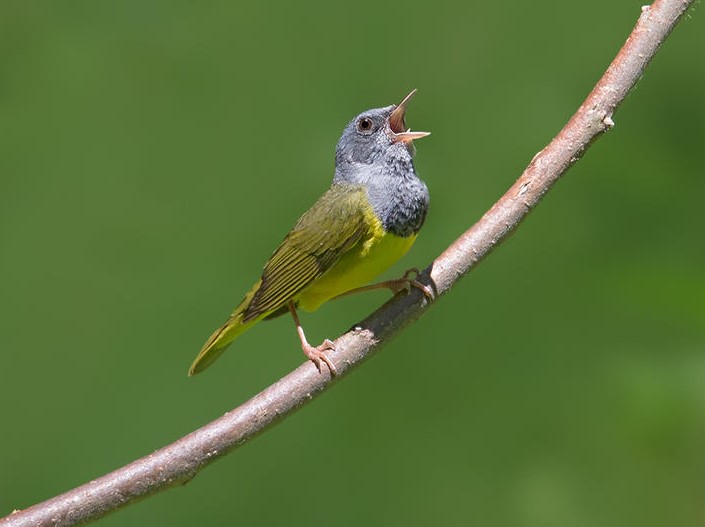 "}" data-trix-content-type="undefined" class="attachment attachment--content">
"}" data-trix-content-type="undefined" class="attachment attachment--content">Both kinglets, Hermit Thrushes, Eastern Phoebes, Yellow-bellied Sapsuckers, Pine, Yellow, and Palm Warblers are among the spring migrants that can be observed in good numbers in a more natural setting compared to other parks. From mid-March through May, birds can be seen and heard in the trees. The rich understory here provides habitat for species such as Hooded Warbler, Kentucky Warbler (rare), and Mourning Warblers.
Gray-cheeked Thrush can be found in mid-May along the asphalt road leading uphill, especially after a rainfall when many larvae fall from trees. Flowering oaks in spring harbor a number of caterpillars on their catkins. This produces a wealth of food for warblers and other migrants. During good flights or "waves" this park can be very productive.
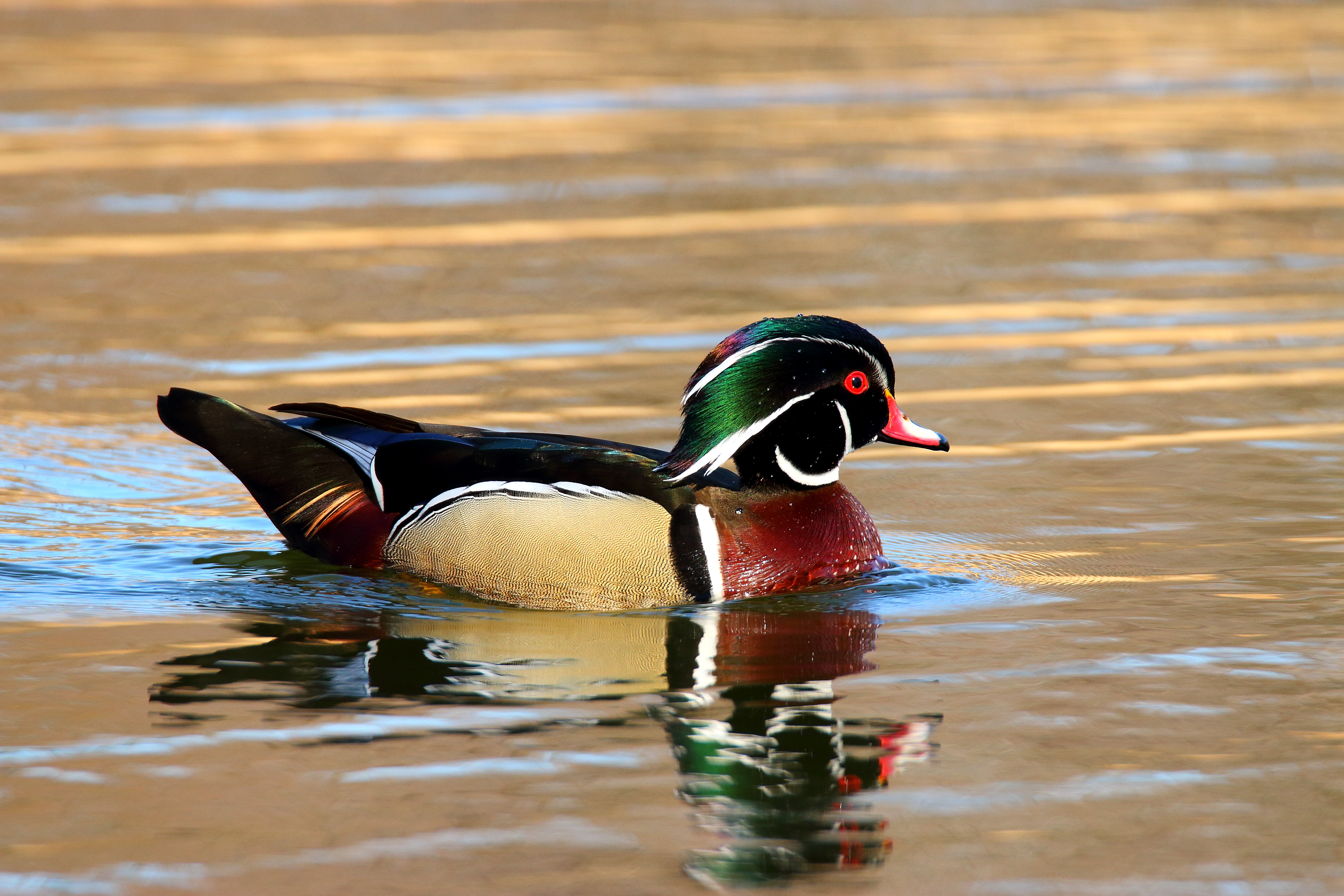 "}" data-trix-content-type="undefined" class="attachment attachment--content">
"}" data-trix-content-type="undefined" class="attachment attachment--content">Look for the Acadian Flycatcher in June in the moister parts of the park near the swamp and just west of the swamp beyond a glacial hill of the moraine. Acadian Flycatchers are quite vocal but it requires some patience to locate the birds.
With some patience, Eastern Screech-Owls can be found roosting in Wood Duck boxes or in tree cavities. Creating a stressful situation for the owls with tapes or imitated calls during the breeding season is discouraged.
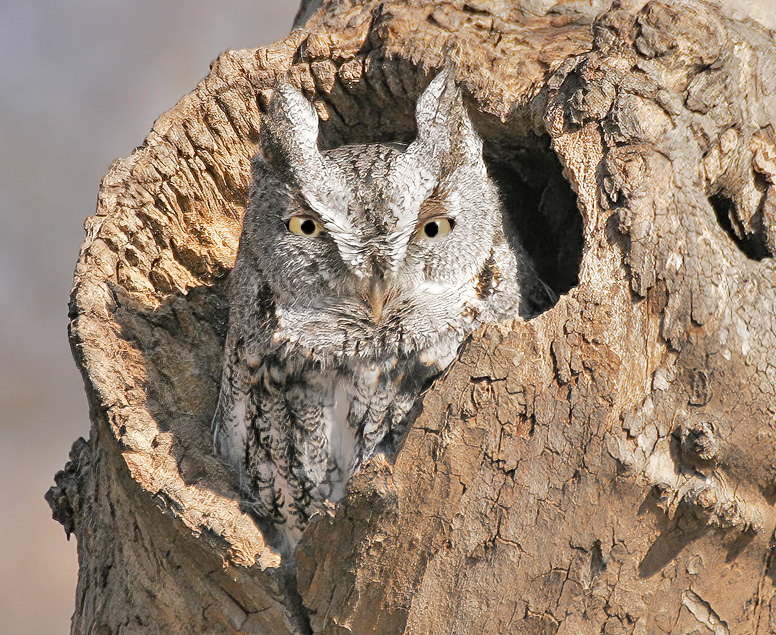 "}" data-trix-content-type="undefined" class="attachment attachment--content">
"}" data-trix-content-type="undefined" class="attachment attachment--content">When to Go
See "Birding Highlights by the Season" above; the eBird links below also may be helpful. To learn about bird migration times and get other timing tips, see the When to Bird in NYC guide on our Birding 101 page. For park operating hours, see the “Directions and Visiting Info” section, below.
eBird
Guided Bird Walks
The Greenbelt Conservancy, a nonprofit working in partnership with NYC Parks, offers bird walks from the Greenbelt Nature Center and throughout the entire Staten Island Greenbelt, along with other educational programming.
The Staten Island Museum, founded in 1881 by a group of young Staten Island naturalists, offers bird and nature walks in Staten Island's parks throughout the year, along with many other programs and educational activities.
Protectors of Pine Oak Woods, Staten Island's principal land conservation organization, offers bird and nature walks and other conservation-oriented events throughout the year. Protectors of Pine Oak Woods and its forerunner, SIGNAL, were involved in the preservation of much of Staten Island's parkland, and the organization continues to fight for the responsible stewardship and preservation of the island's wild habitats.
Personal Safety
Directions and Visiting Info
Visit the NYC Parks page for High Rock Park for operating hours, directions, and additional background information. The Greenbelt Conservancy page for High Rock Park provides further information.willowbrookhs
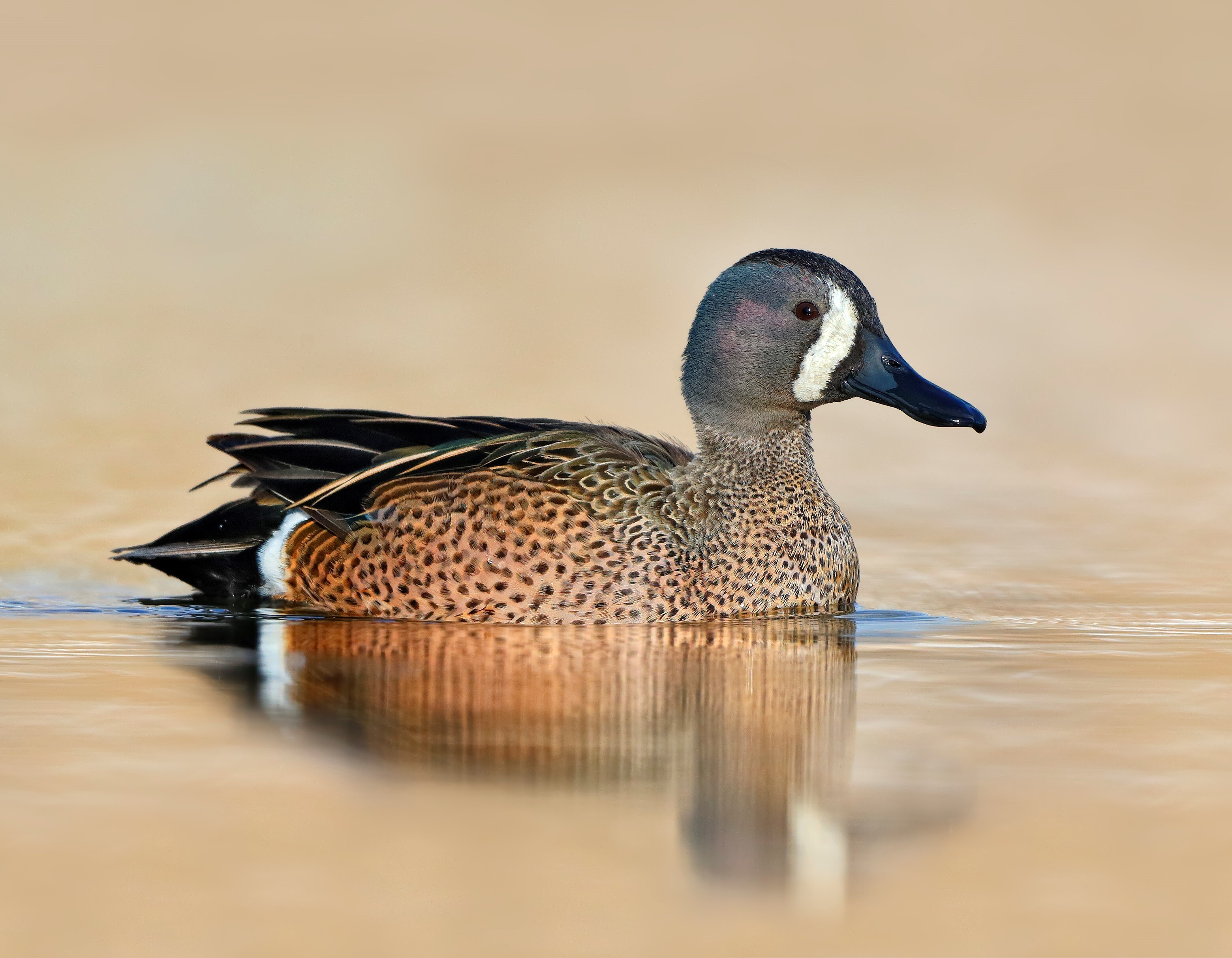
Birding Highlights by the Season
Get Oriented
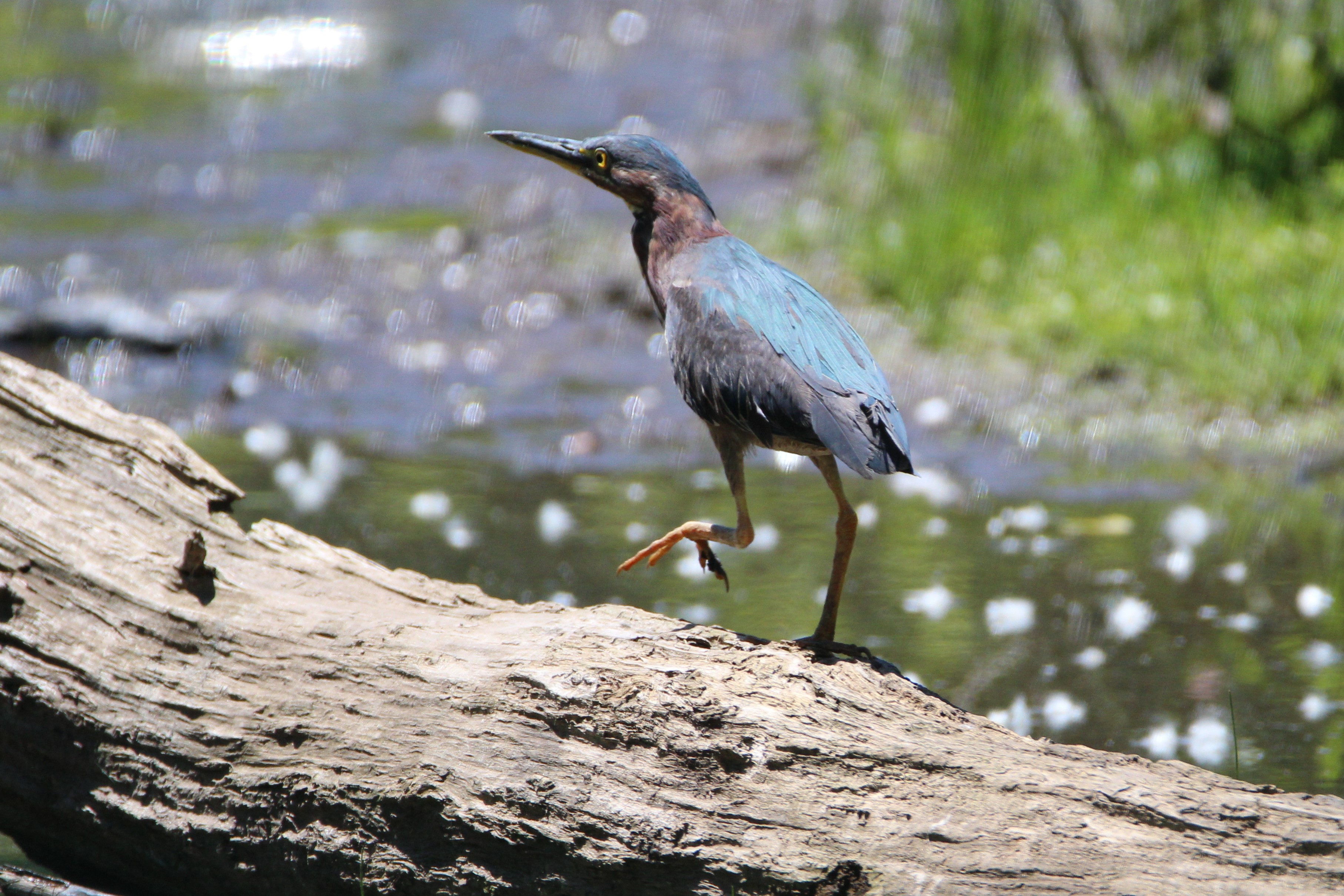 "}" data-trix-content-type="undefined" class="attachment attachment--content">
"}" data-trix-content-type="undefined" class="attachment attachment--content">The 164 acres of Willowbrook Park preserve a natural area of freshwater streams and wetlands that has long been under threat of development. The park include a large tract of lowland forest where Tulip Poplar, Red Maple, and yes, willows (of several species) grow, as well as a Red Maple swamp. The park includes and is connected to the rest of the Greenbelt via a property at one time destined to become the Willowbrook Parkway extension; the park is now reachable by a hike along the White Trail.
Willowbrook Park's wetlands and woodlands attract a good variety of species; eBirders have recorded over 165 species here. Wading birds and waterfowl are in good supply and accessible to view by birders, but a good variety of flycatchers, warblers, and other songbirds are also seen here.
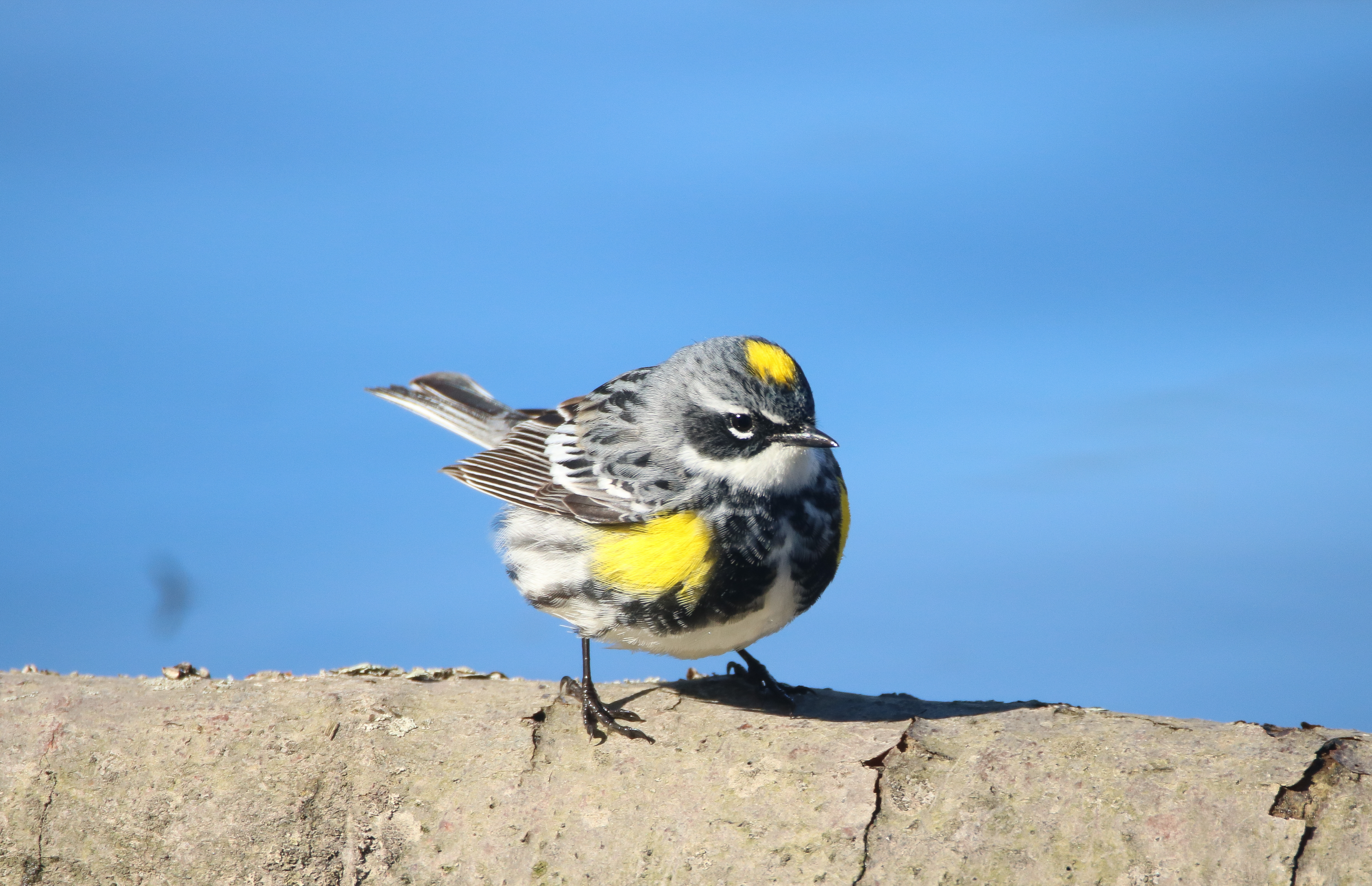 "}" data-trix-content-type="undefined" class="attachment attachment--content">
"}" data-trix-content-type="undefined" class="attachment attachment--content">When to Go
See "Birding Highlights by the Season" above; the eBird links below also may be helpful. To learn about bird migration times and get other timing tips, see the When to Bird in NYC guide on our Birding 101 page. For park operating hours, see the “Directions and Visiting Info” section, below.
eBird
Guided Bird Walks
The Greenbelt Conservancy, a nonprofit working in partnership with NYC Parks, offers bird walks from the Greenbelt Nature Center and throughout the entire Staten Island Greenbelt, along with other educational programming.
The Staten Island Museum, founded in 1881 by a group of young Staten Island naturalists, offers bird and nature walks in Staten Island's parks throughout the year, along with many other programs and educational activities.
Protectors of Pine Oak Woods, Staten Island's principal land conservation organization, offers bird and nature walks and other conservation-oriented events throughout the year. Protectors of Pine Oak Woods and its forerunner, SIGNAL, were involved in the preservation of much of Staten Island's parkland, and the organization continues to fight for the responsible stewardship and preservation of the island's wild habitats.
Personal Safety
Directions and Visiting Info
Visit the NYC Parks page for Willowbrook Park for operating hours, directions, and additional background information. The Greenbelt Conservancy page for Willowbrook Park provides further information.latourettehs
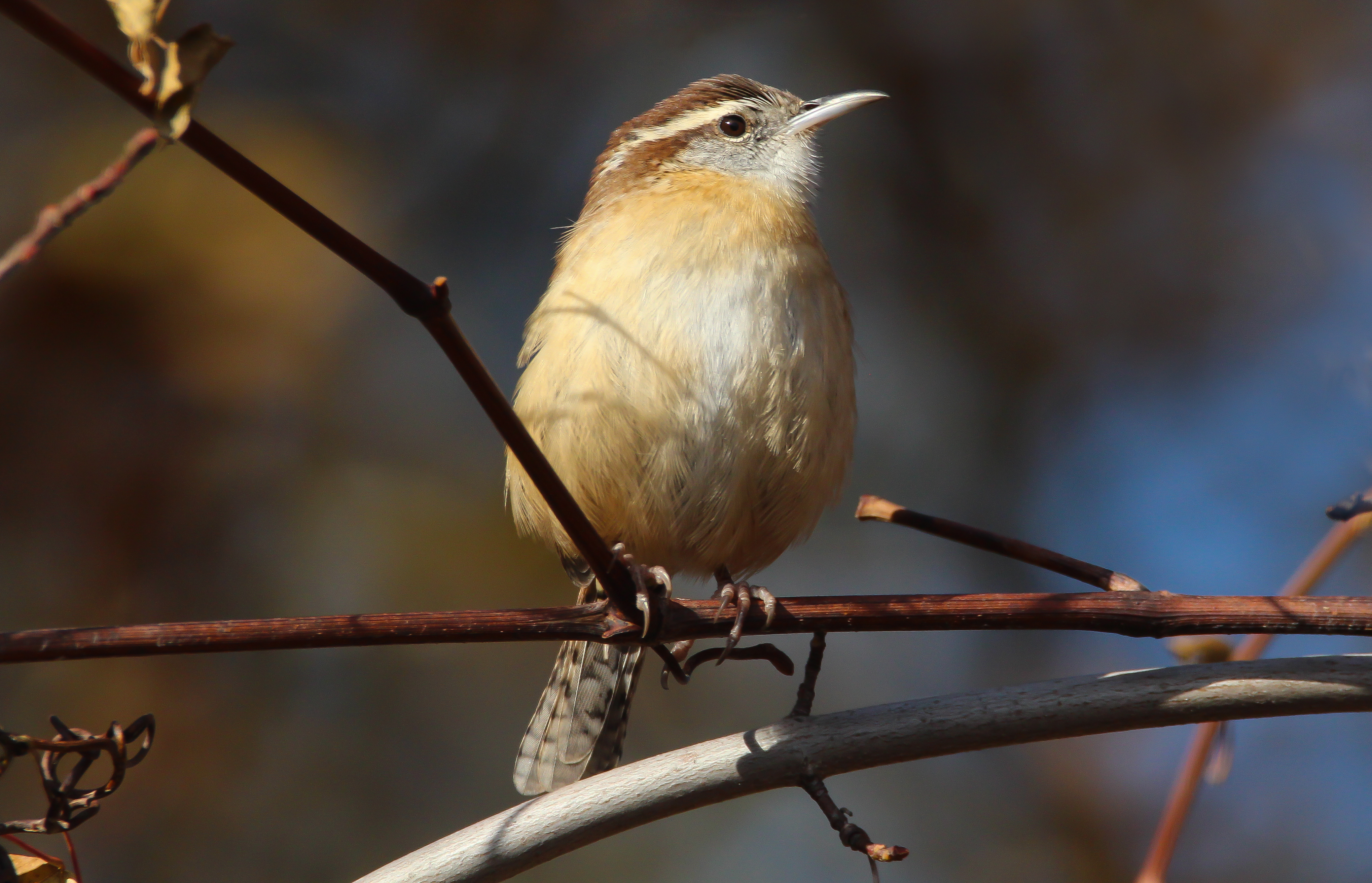
Birding Highlights by the Season
Get Oriented
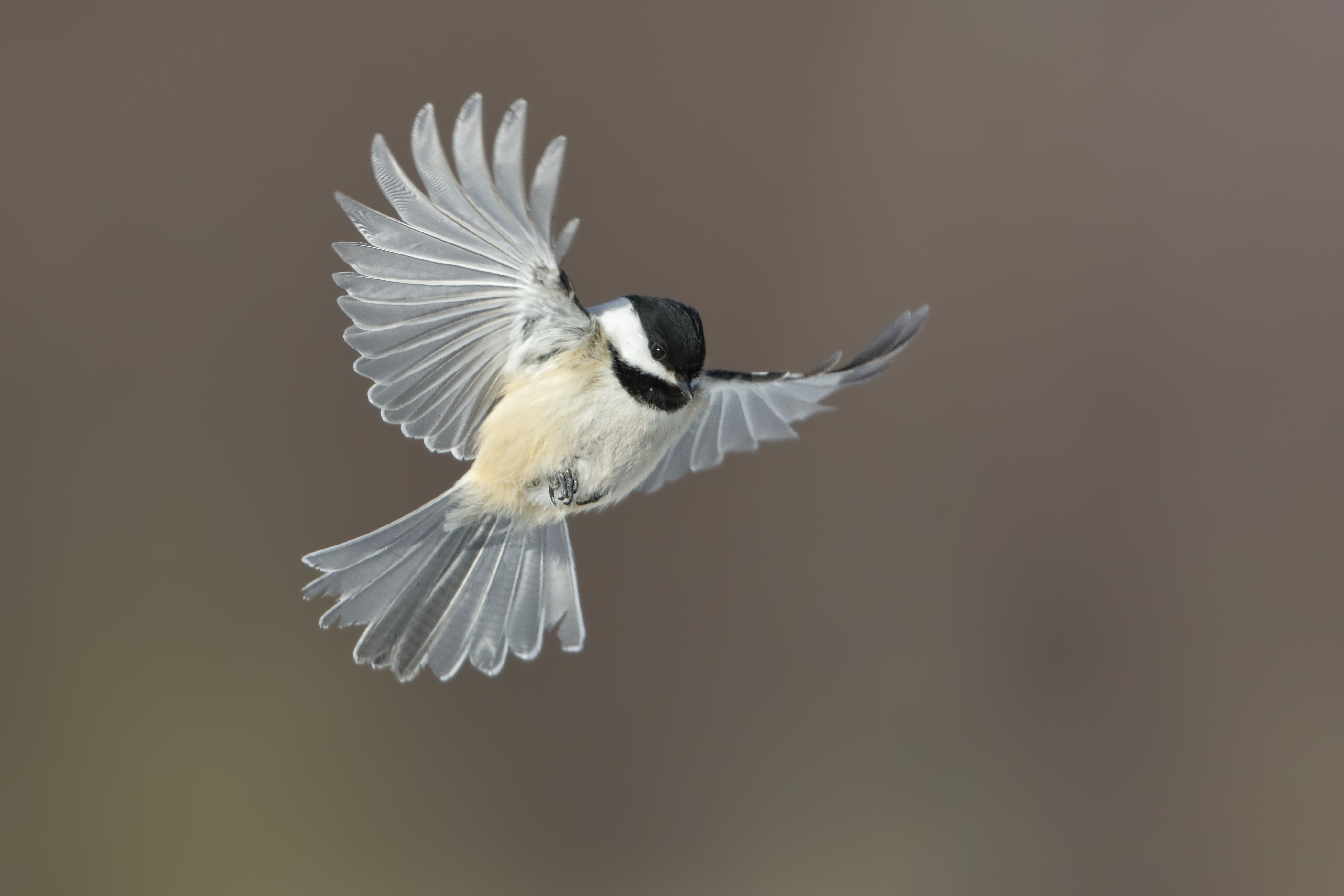 "}" data-trix-content-type="undefined" class="attachment attachment--content">
"}" data-trix-content-type="undefined" class="attachment attachment--content">Latourette Park is a multiuse park including a golf course and other recreations faclities. It also includes some of the richest and most fabled lowland habitat in the Greenbelt, including Heyerdahl Hill and Buck's Hollow, a rich bottomland featuring wetland species such as native American Persimmon and Skunk Cabbage, a refuge of Spring Peepers and Gray Tree Frog. The woodlands here host forest species uncommon in New York City, including Pileated Woodpecker.
Because of Latourette Park's multiple parts and location in the middle of the Greenbelt, it is somewhat difficult to get a clear picture of the outlines of this park. It is best accessed via the Greenbelt trail system; the Greenbelt Nature Center is a good starting-off point.
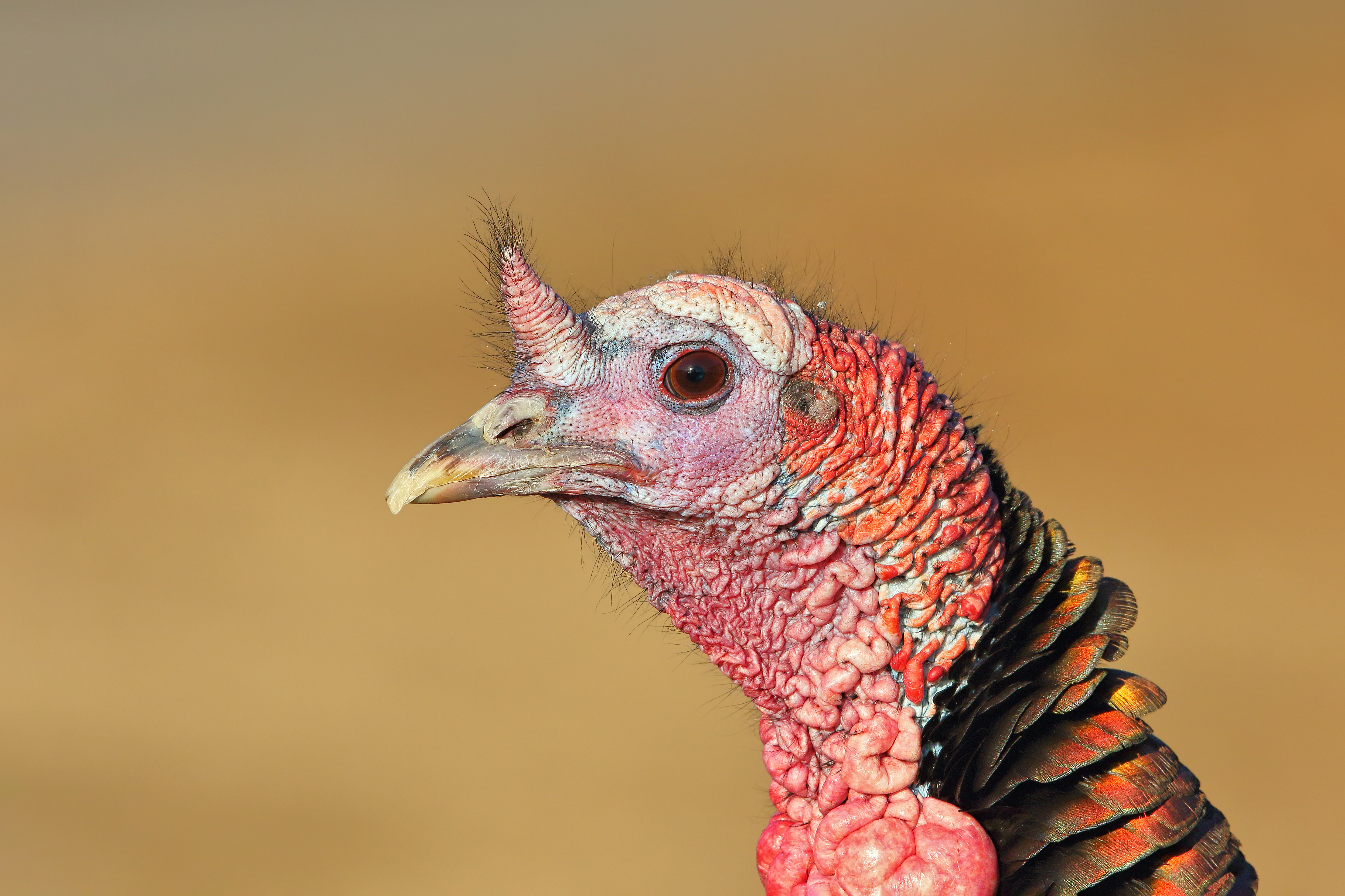 "}" data-trix-content-type="undefined" class="attachment attachment--content">
"}" data-trix-content-type="undefined" class="attachment attachment--content">When to Go
See "Birding Highlights by the Season" above; the eBird links below also may be helpful. To learn about bird migration times and get other timing tips, see the When to Bird in NYC guide on our Birding 101 page. For park operating hours, see the “Directions and Visiting Info” section, below.
eBird
Personal Safety
Guided Bird Walks
The Greenbelt Conservancy, a nonprofit working in partnership with NYC Parks, offers bird walks from the Greenbelt Nature Center and throughout the entire Staten Island Greenbelt, along with other educational programming.
The Staten Island Museum, founded in 1881 by a group of young Staten Island naturalists, offers bird and nature walks in Staten Island's parks throughout the year, along with many other programs and educational activities.
Protectors of Pine Oak Woods, Staten Island's principal land conservation organization, offers bird and nature walks and other conservation-oriented events throughout the year. Protectors of Pine Oak Woods and its forerunner, SIGNAL, were involved in the preservation of much of Staten Island's parkland, and the organization continues to fight for the responsible stewardship and preservation of the island's wild habitats.
Directions and Visiting Info
Visit the NYC Parks page for Latourette Park for operating hours, directions, and additional background information.moravianhs
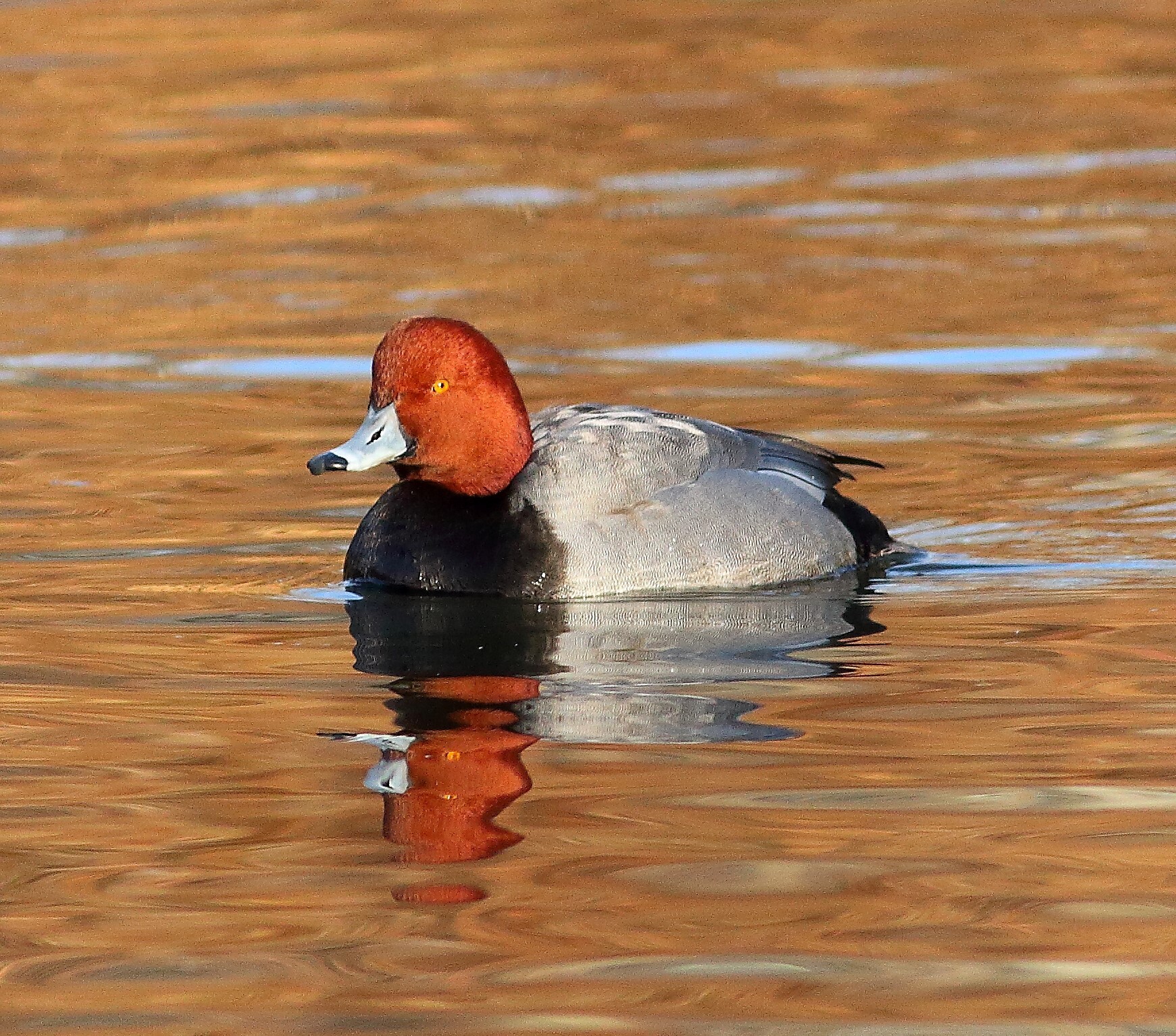
Birding Highlights by the Season
Get Oriented
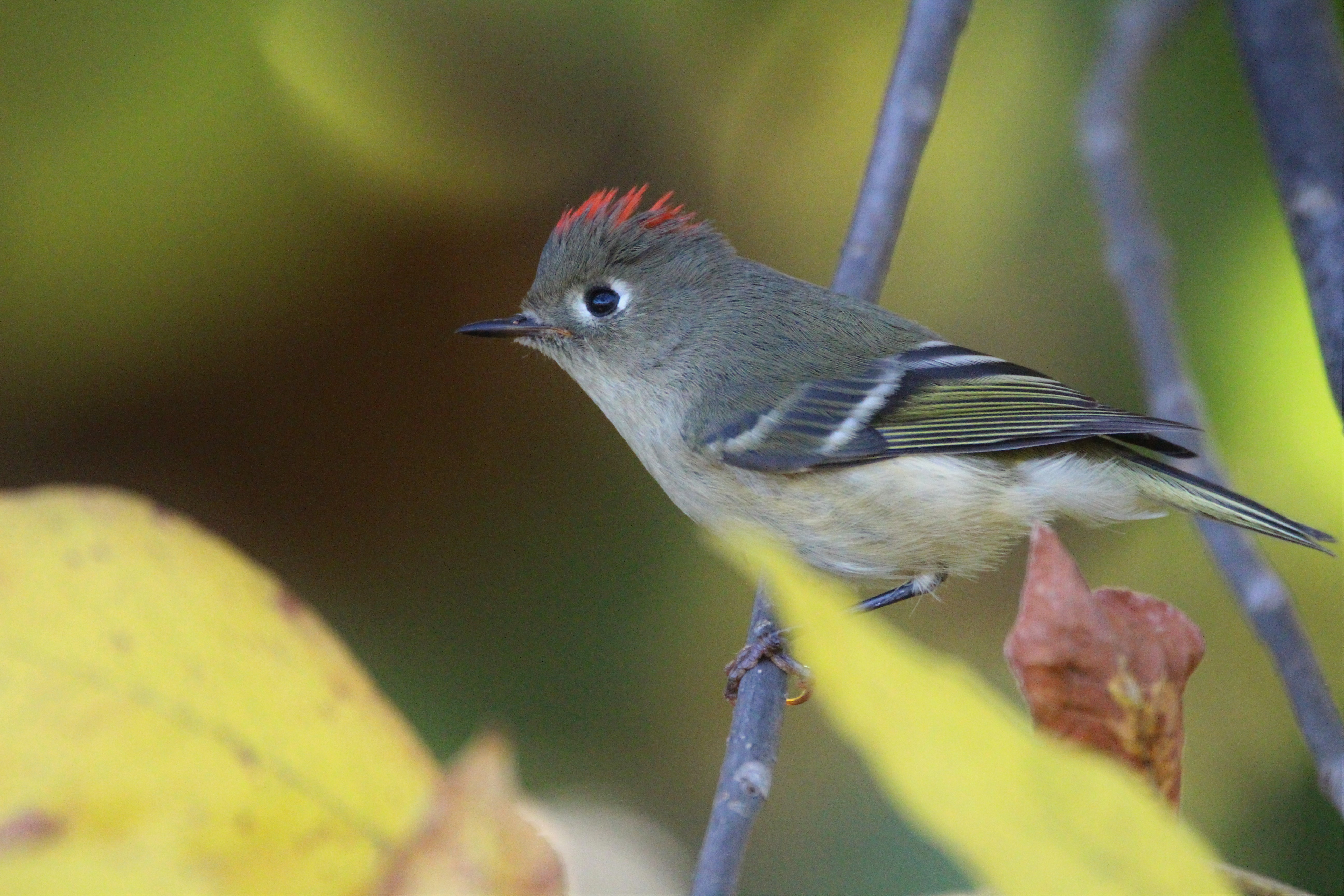 "}" data-trix-content-type="undefined" class="attachment attachment--content">
"}" data-trix-content-type="undefined" class="attachment attachment--content">Like many cemeteries in New York City, Moravian Cemetery offers excellent birding. Directly adjacent to High Rock Park and within the boundaries of the Greenbelt, the cemetery is the oldest on Staten Island, dating to 1740. Its two lakes and wooded grounds have attracted at least 160 bird species, as documented by eBirders. A surprising variety of diving and dabbling ducks have been seen here, including Ring-necked Duck, Redhead, and Common Goldeneye.
The mature trees in the cemetery also attract a variety of land birds, including a strong contingent of woodpeckers: even Pileated Woodpecker, which has recently begun nesting in the Greenbelt, is seen here. A good variety of other year-round tree-loving birds such as chickadees, nuthatches, and Blue Jays are joined during migration by warblers, kinglets, and other songbirds.
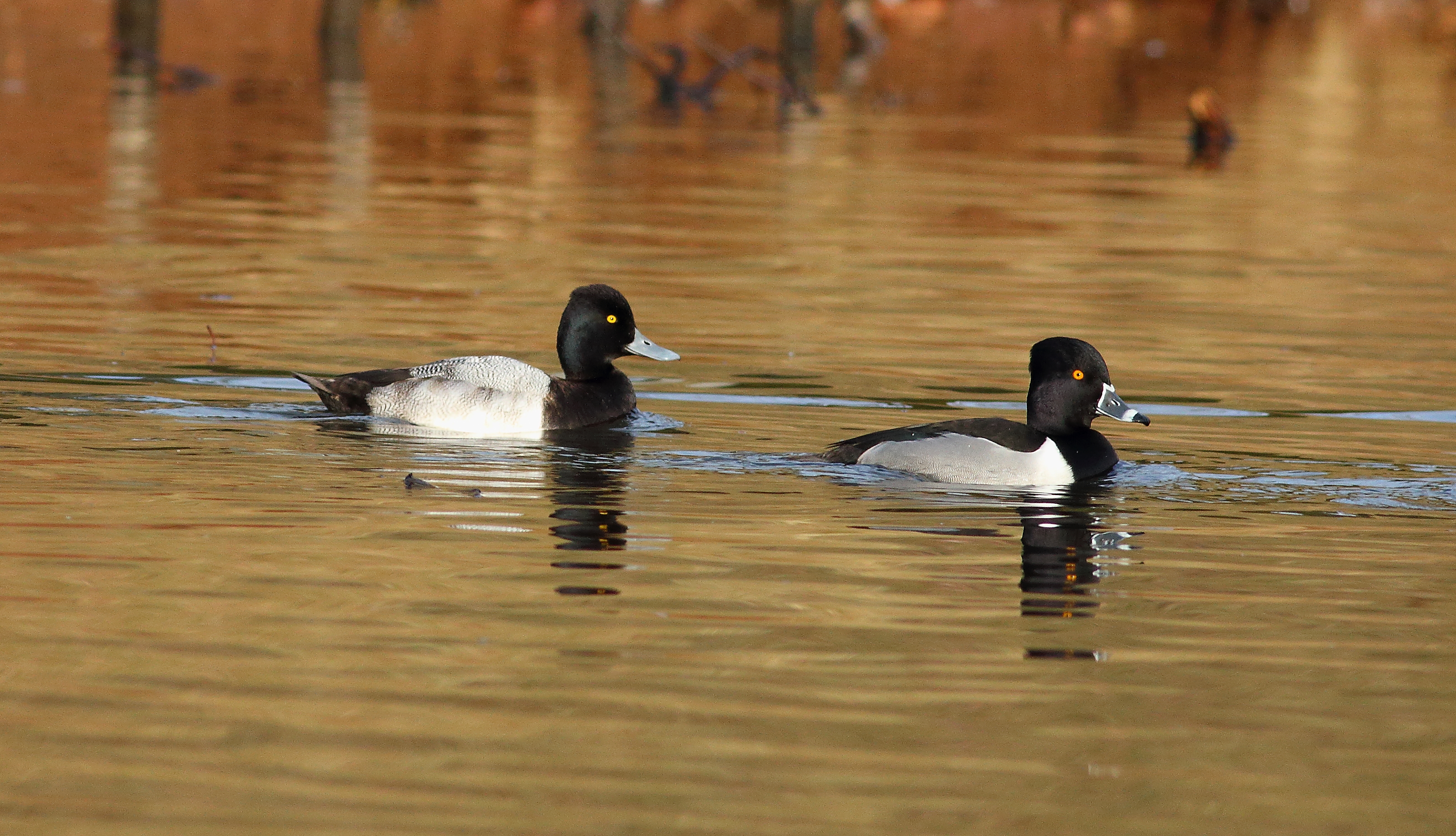 "}" data-trix-content-type="undefined" class="attachment attachment--content">
"}" data-trix-content-type="undefined" class="attachment attachment--content">When to Go
See "Birding Highlights by the Season" above; the eBird links below also may be helpful. To learn about bird migration times and get other timing tips, see the When to Bird in NYC guide on our Birding 101 page. For park operating hours, see the “Directions and Visiting Info” section, below.
eBird
Personal Safety
Guided Bird Walks
The Staten Island Museum, founded in 1881 by a group of young Staten Island naturalists, offers bird and nature walks in Staten Island's parks throughout the year, along with many other programs and educational activities.
Protectors of Pine Oak Woods, Staten Island's principal land conservation organization, offers bird and nature walks and other conservation-oriented events throughout the year. Protectors of Pine Oak Woods and its forerunner, SIGNAL, were involved in the preservation of much of Staten Island's parkland, and the organization continues to fight for the responsible stewardship and preservation of the island's wild habitats.
Directions and Visiting Info
Visit the Moravian Cemetery website for operating hours, directions, and additional background information.williamtdavishs
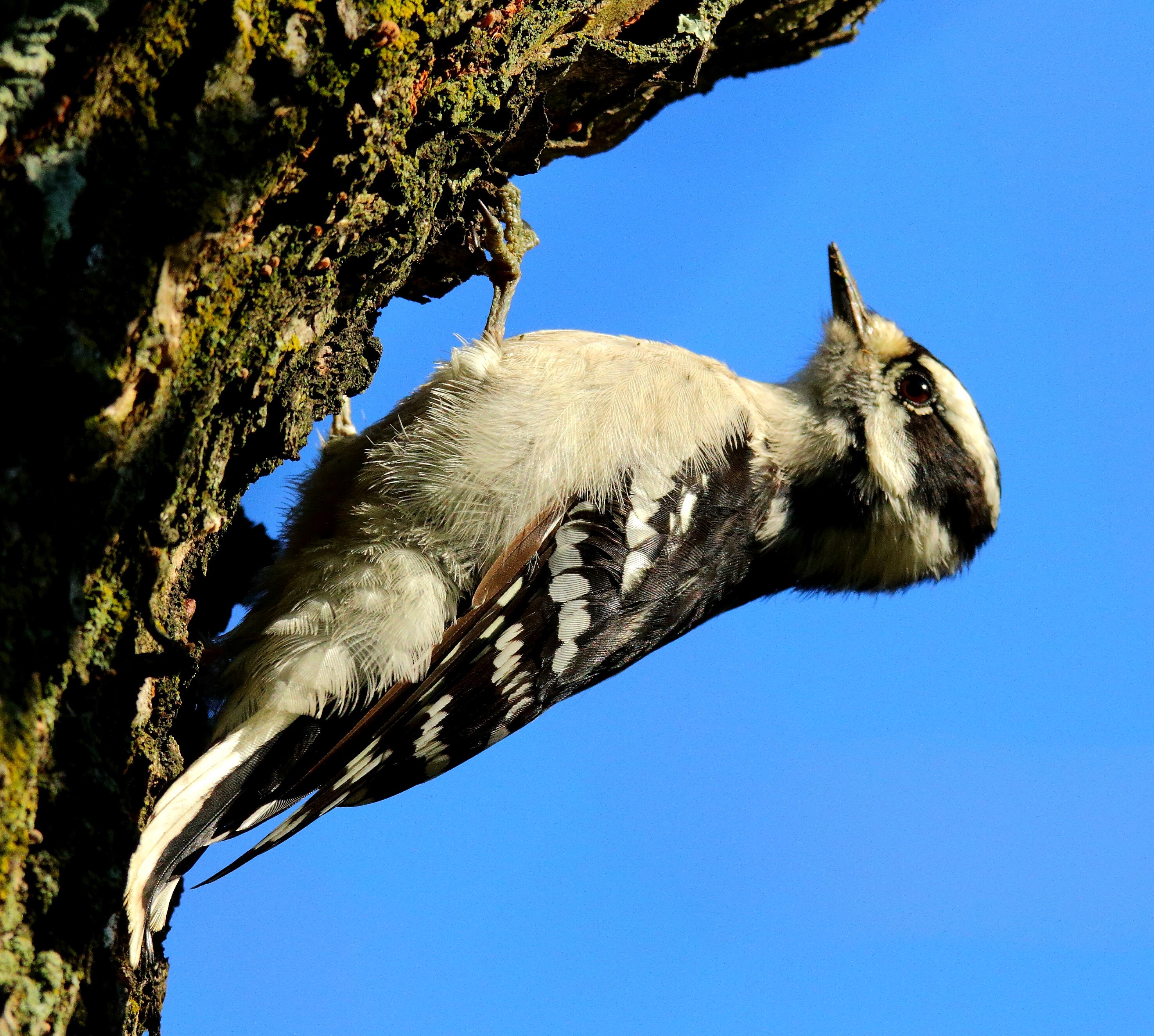
Birding Highlights by the Season
Get Oriented
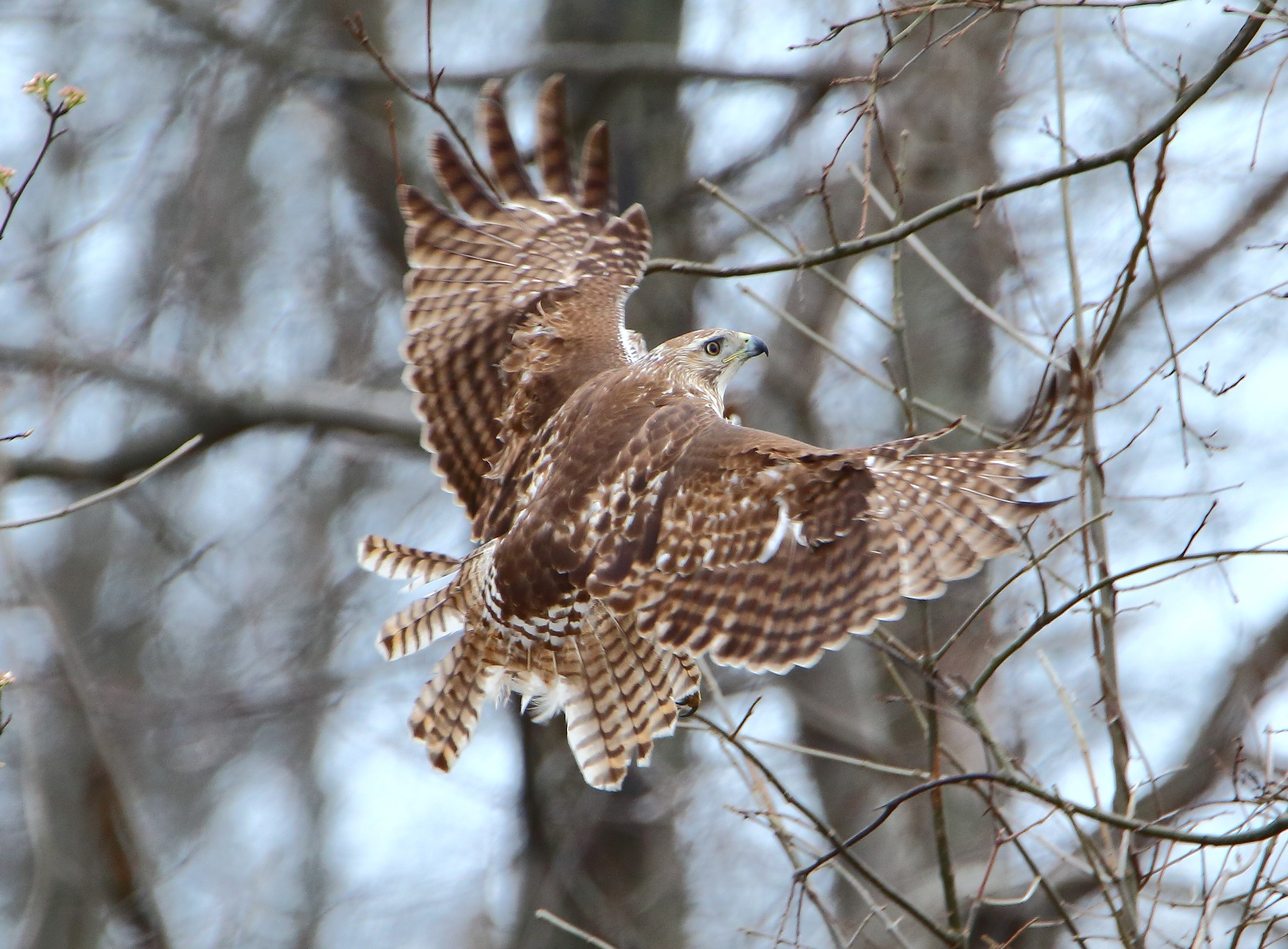 "}" data-trix-content-type="undefined" class="attachment attachment--content">
"}" data-trix-content-type="undefined" class="attachment attachment--content">The first refuge of its kind in New York City, the William T. Davis Wildlife Refuge is an early example of the collaboration and long-term perserverance required to maintain open space in New York City. Named after Staten Island native and self-taught naturalist William T. Davis (1862-1945), the preserve was founded in 1928 when Davis and the National Audubon Society succeeded in protecting 52 acres of land. Since that time, the refuge has been slowly expanded to its current 814 acres. It is the sixth-largest park in New York City, just 40 acres smaller than Central Park.
Like the directly adjacent Freshkills Park, William T. David Wildlife Refuge is made up largely of tidal marsh: it includes Main Creek, a main tributary of Fresh Kill, and the smaller and more inland Springville Creek. As can be seen on this 1912 map from NYC Parks, the entire area was once tidal wetland, with islands of upland forest and grassland.
Today, the park's salt marsh and spring-fed ponds attract a variety of waterbirds including Wood Duck, herons, and egrets, while patches of upland forest are stop-overs for land birds during migration and host some breeding songbirds, flycatchers, and woodpeckers. Other wetlands creatures such as Muskrats, Snapping Turtles, and Fiddler Crabs may be spotted here.
As it mostly consists of tidal salt marsh, much of the refuge is not directly accessible. A 3/4-mile walking trail loop (the pink trail) south of Travis Avenue is accessible just south of the corner of Mulberry Avenue and Travis Avenue.
 "}" data-trix-content-type="undefined" class="attachment attachment--content">
"}" data-trix-content-type="undefined" class="attachment attachment--content">When to Go
See "Birding Highlights by the Season" above; the eBird links below also may be helpful. To learn about bird migration times and get other timing tips, see the When to Bird in NYC guide on our Birding 101 page. For park operating hours, see the “Directions and Visiting Info” section, below.
eBird
Personal Safety
Guided Bird Walks
The Greenbelt Conservancy, a nonprofit working in partnership with NYC Parks, offers bird walks from the Greenbelt Nature Center and throughout the entire Staten Island Greenbelt, along with other educational programming.
The Staten Island Museum, founded in 1881 by a group of young Staten Island naturalists, offers bird and nature walks in Staten Island's parks throughout the year, along with many other programs and educational activities.
Protectors of Pine Oak Woods, Staten Island's principal land conservation organization, offers bird and nature walks and other conservation-oriented events throughout the year. Protectors of Pine Oak Woods and its forerunner, SIGNAL, were involved in the preservation of much of Staten Island's parkland, and the organization continues to fight for the responsible stewardship and preservation of the island's wild habitats.
Directions and Visiting Info
Visit the NYC Parks page for the William T. Davis Wildlife Refuge for operating hours, directions, a refuge map, and additional background information.
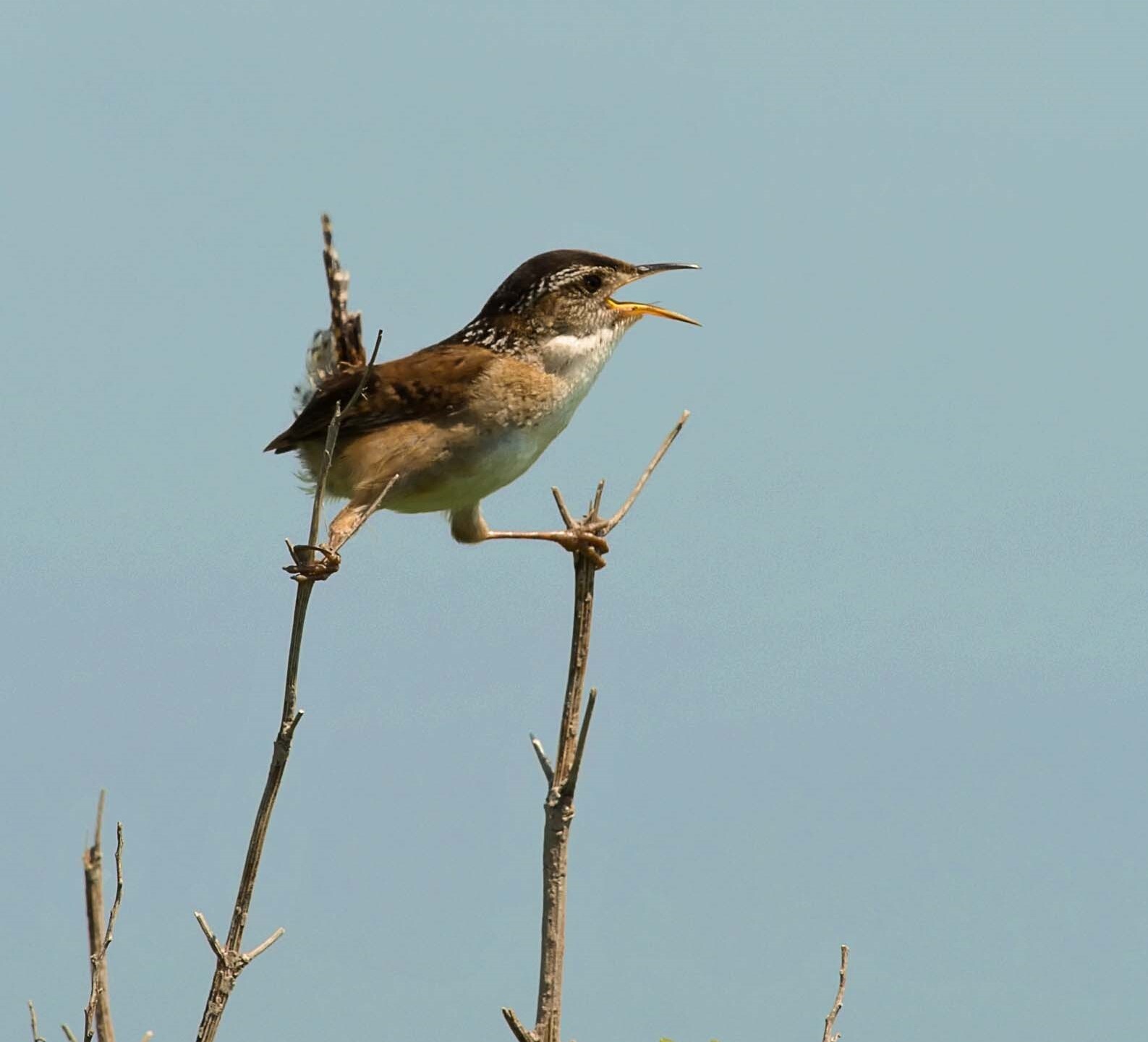
Birding Highlights by the Season
Get Oriented
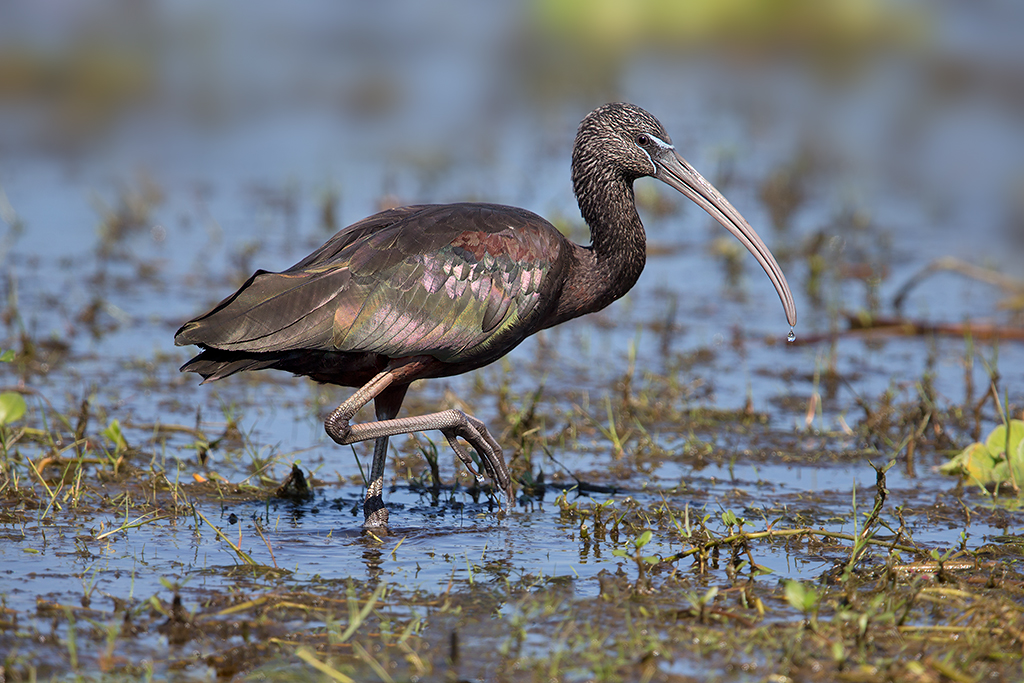 "}" data-trix-content-type="undefined" class="attachment attachment--content">
"}" data-trix-content-type="undefined" class="attachment attachment--content">Brookfield Park, opened in 2017, is one of several glorious new New York City parks that have turned trash to treasure. Like neighboring Freshkills Park and Brooklyn's Shirley Chisholm State Park, Brookfield was created atop a former municipal landfill, which operated from 1966 to 1980. In addition to its official role as a dump for household waste, Brookfield Landfill was one of several city sites identified in the 1970s as illegal dumping grounds for hazardous materials.
Brookfield Park now offers walking trails through a mosaic habitat of upland meadows, woodlands, marshes, streams, and ponds, and is the final result of years of capping and remediation work by the New York City Department of Environmental Protection. Two million tons of new soil spread atop an impermeable barrier provided a planting ground for more than 17,000 new trees, while 76,000 plants restored tidal and freshwater wetlands. Brookfield Park lies just south of Richmond Creek, which drains into the Fresh Kills to the west—thus adding to the contiguous, conserved green space network formed by the Staten Island Greenbelt preserves and Freshkills Park.
Since its founding, Brookfield Park has quickly become a birding hotspot; it already hosts over 160 bird species, according to eBirders. The park is a particularly good spot to see wintering waterfowl, migrating shorebirds, and foraging wading birds, while also hosting a surprising variety of breeding birds such as Clapper Rail, Willow Flycatcher, Marsh Wren, and Indigo Bunting.
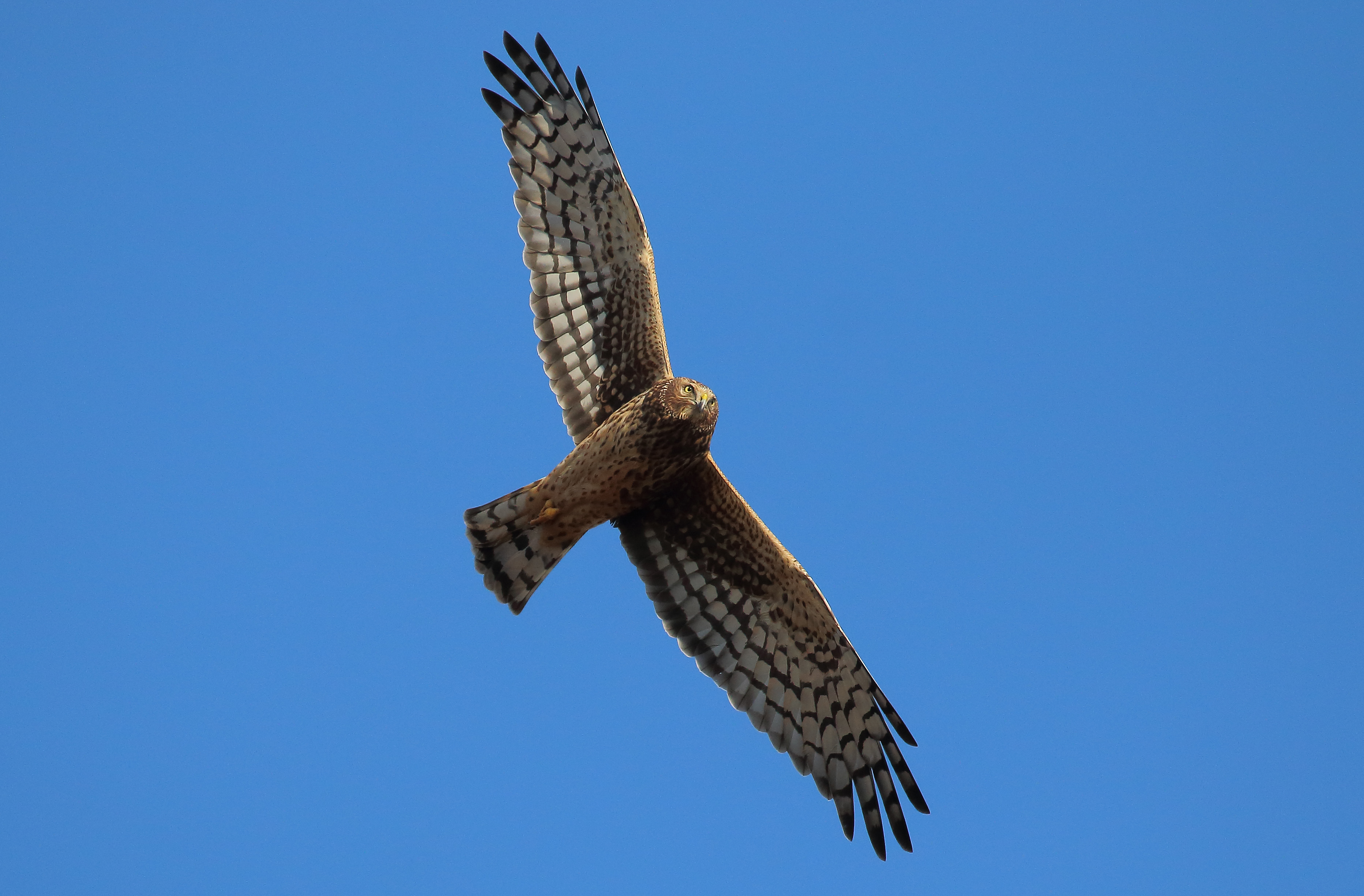 "}" data-trix-content-type="undefined" class="attachment attachment--content">
"}" data-trix-content-type="undefined" class="attachment attachment--content">When to Go
See "Birding Highlights by the Season" above; the eBird links below also may be helpful. To learn about bird migration times and get other timing tips, see the When to Bird in NYC guide on our Birding 101 page. For park operating hours, see the “Directions and Visiting Info” section, below.
eBird
Personal Safety
Guided Bird Walks
The Greenbelt Conservancy, a nonprofit working in partnership with NYC Parks, offers bird walks from the Greenbelt Nature Center and throughout the entire Staten Island Greenbelt, along with other educational programming.
The Staten Island Museum, founded in 1881 by a group of young Staten Island naturalists, offers bird and nature walks in Staten Island's parks throughout the year, along with many other programs and educational activities.
Protectors of Pine Oak Woods, Staten Island's principal land conservation organization, offers bird and nature walks and other conservation-oriented events throughout the year. Protectors of Pine Oak Woods and its forerunner, SIGNAL, were involved in the preservation of much of Staten Island's parkland, and the organization continues to fight for the responsible stewardship and preservation of the island's wild habitats.
Directions and Visiting Info
View a NYC Parks trail map of the park.
Visit the NYC Parks page for Brookfield Park for operating hours, directions, and additional background information.
